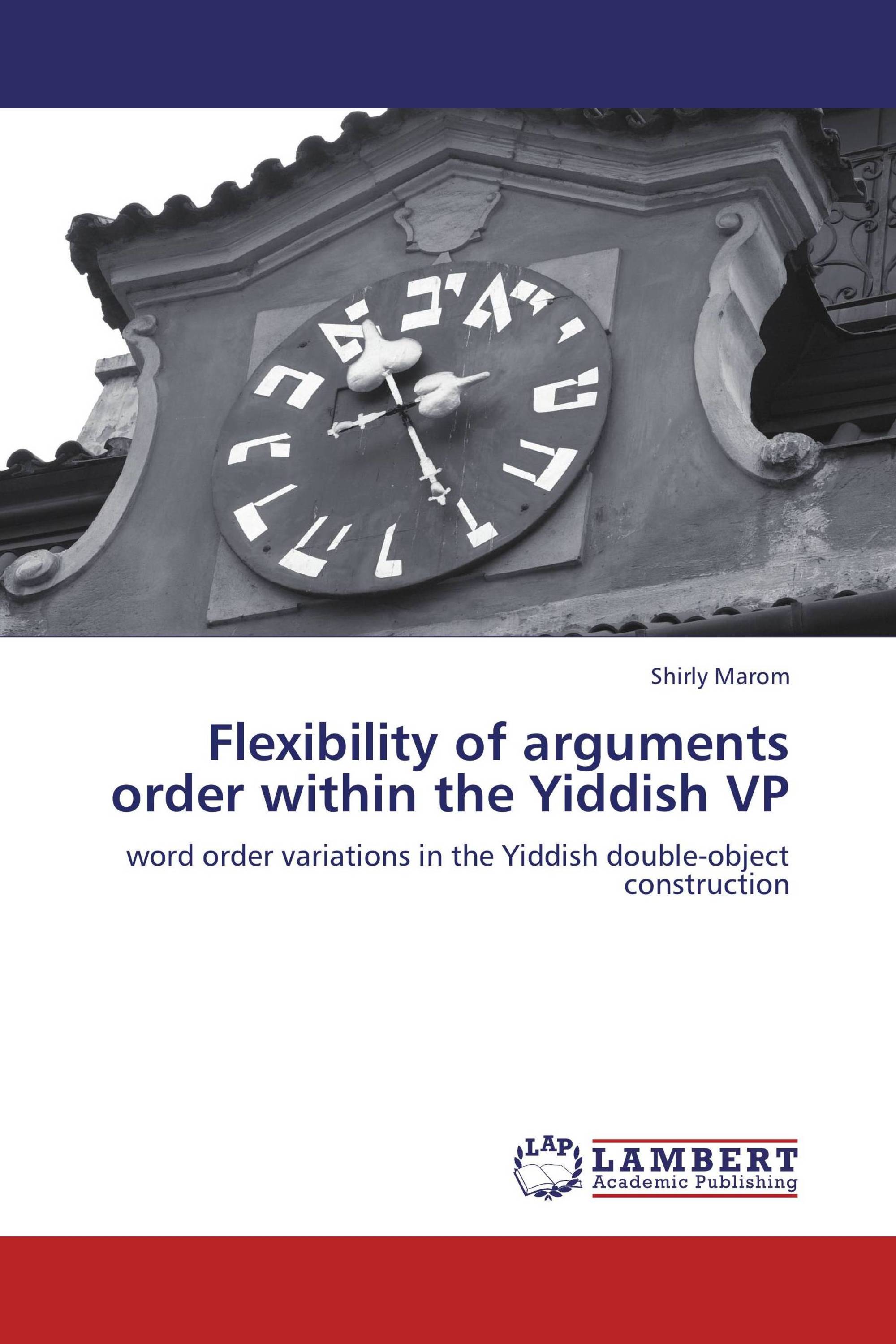Flexibility of arguments order within the Yiddish VP
word order variations in the Yiddish double-object construction
€ 49,00
This work explores the Yiddish double-object construction, trying to account for its word order variations through the most suitable phrase structure theory. Since Yiddish exhibits both VO and OV properties, it can be analysed as either VO or OV underlyingly. The core assumption behind this debate is questioned, and an alternative, more flexible account for the structure of Yiddish VP is suggested: According to Neeleman and Weerman’s theory of flexible syntax (1999), coexisting structures can be base-generated. This work thus assumes a flexible structure for Yiddish, which relies on Universal 20 order of attachment. An alternative VP-shell configuration with extensive scrambling is also examined for Yiddish, and the two theories are compared considering information structure effects and Yiddish data regarding scope, particle verbs and binding. The author’s conclusion is that a multiple base-generation analysis makes more correct predictions than one based on scrambling of the arguments around the verb; hence an analysis of Yiddish as having no fixed VO/OV order, but rather a flexible order of direct and indirect objects with certain restrictions, can best account for the data.
Book Details: |
|
|
ISBN-13: |
978-3-8454-0077-8 |
|
ISBN-10: |
3845400773 |
|
EAN: |
9783845400778 |
|
Book language: |
English |
|
By (author) : |
Shirly Marom |
|
Number of pages: |
56 |
|
Published on: |
2011-07-03 |
|
Category: |
General and comparative literature science |
